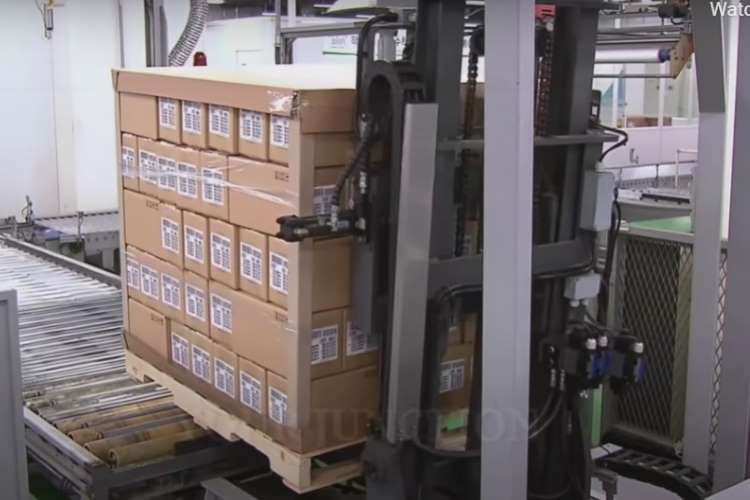
India’s mobile phone manufacturing success: Mobile phone exports from India are booming while imports are witnessing a sharp decline. The first eight months of the current financial year saw exports growing 160% to $1.4 billion, thanks to the government’s production-linked incentive scheme. The PLI scheme was launched last year to encourage domestic manufacturing and reduce the country’s huge import bill. The scheme offers incentives to manufacturers on incremental sales of locally manufactured products.
The PLI scheme offers a 6-4% incentive on incremental sales for five years from the base year 2019-20. Mobile phone manufacturers selling high-end phones worth ₹4,000 crores or more are eligible for the incentive, which will be transferred directly after a project management agency verifies the claims. The payment will be approved by a committee of secretaries with the Union government.
The global manufacturers got the approval are Samsung, Rising Star, Foxconn Hon Hai, Wistron and Pegatron. The last three are Apple’s contract manufacturers. The Indian companies that received approval are Bhagwati (Micromax), Padget Electronics, UTL Neolyncs, Optiemus Electronics, and Lava. In January 2021, the scheme was extended by a year till 2025-26 to help the approved applicants affected by the Covid-19 pandemic and the lockdown measures that caused delays in the setting up of manufacturing facilities. However, the government retained 2019-20 as the base year.
READ I Can Indian economy emulate the Chinese miracle?
The mobile phone manufacturing industry is a showpiece for the Narendra Modi government’s flagship scheme Make in India. The number of mobile phone manufacturing units grew from two to 200 between 2014 and 2019, while the number of locally produced mobile phones grew from 60 million to 290 million. The value of India made handsets grew 10 times to $30 billion. Till 2014, India was focusing on low-end phones for the domestic market.
Chinks in mobile phone manufacturing
India is still a long way behind the largest mobile phone exporters China and Vietnam. China exported mobile phone handsets worth more than $100 billion in 2019, while Vietnam’s exports stood at around $35 billion. Compared with these, India’s $3 billion exports in 2018-19 is nothing to write home about. Close to 10% of the global manufacturing could shift to India by 2023-24, according to Neelkanth Mishra, co-head of Equity Strategy, Asia Pacific at Credit Suisse. This could bring down India’s electronics trade deficit from $41 billion to $24 billion.
A study by EY and the India Cellular and Electronics Association highlighted the cost differential between India and the big two manufacturers. If the cost of production of a handset is $100, China can produce it at $80, while the production cost in Vietnam is $89. Indian manufacturers eligible for the PLI incentives can produce the same at $92-$93.
READ I Revisit industrial policy to transform Indian economy
If India wants to make a major dent in the international market for cell phone handsets, the five largest cell phone manufacturers — Samsung, Apple, Huawei, Oppo and Vivo — will need to step up domestic production, says the EY report. High level of import dependence of the mobile manufacturing industry in a low value-added of less than 20%, causing high electronics trade deficits. Despite a deficit was in excess of $41 billion, India has become a manufacturing hub for mobile phones.
The PLI scheme and the other flagship scheme, Make in India, do not focus on building a robust ecosystem for mobile phone manufacturing. This is the reason for the low value-addition seen in the sector. While the import of fully built mobile phone units have fallen sharply, components worth up to 80% of the final value of the units are still imported.
The Covid-19 pandemic set back the plans of manufacturers to build component manufacturing units at least by a year and a half. The PLI scheme has the potential to make India a global manufacturing hub for mobile phones, but its success will depend on how large foreign manufacturers scale up production in India.
